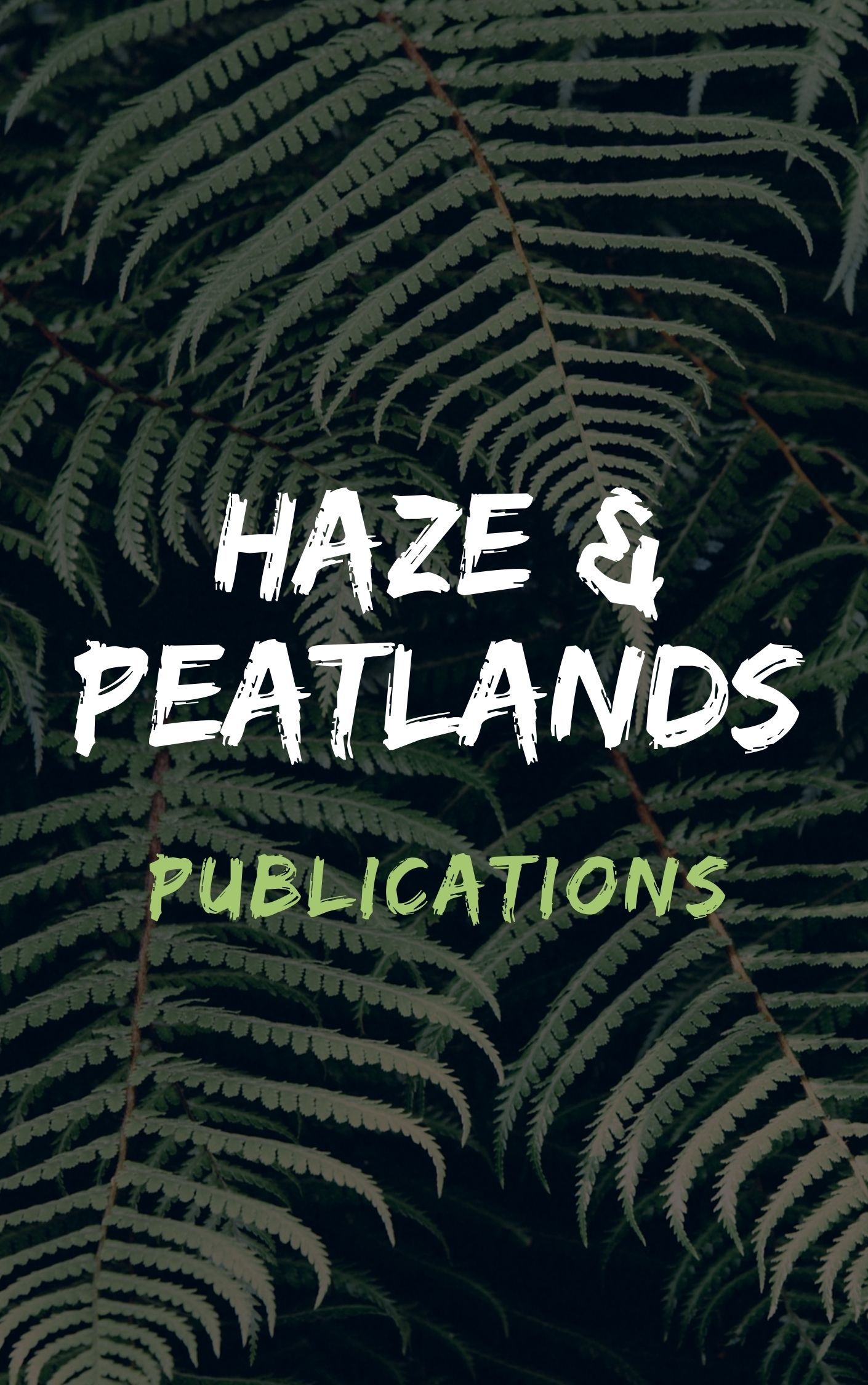Indonesia has been undergoing a significant change in the last 20 years. From an industry dominated by natural forest harvesting for solid wood products, 55% of production is now for industrial wood for pulp and paper production. FAO statistics for 2016 show that pulpwood made up 40.9 million m3 from a total of 74.7 million m3 produced for the wood industry. Pulpwood plantations make up almost 2.5 million ha and 85% of this area is either owned, or controlled, by the three major pulp and paper companies. Three species - Acacia mangium, Acacia crassicarpa and Eucalyptus pellita - combine for over 98% of the planted area. Due to disease and monkey damage, the industry has been moving away from acacia to eucalyptus for mineral soil conditions. Crassicarpa remains the only feasible choice on peatland soils. Pulpwood plantations are managed on government-owned land that is leased on a concession basis to private companies for a 30-year period. Due to production demand, rotation lengths are typically five years with a mean annual increment (MAI) of between 23-25 m3/ha/year. This means that over 300,000 ha are harvested and replanted every year. Plantation owners incur significant challenges in managing their concessions. On top of pests and diseases, they face considerable pressure from fire, encroachment and land claims. All concessions have people either living within or immediately adjacent to them. Despite the government owning the land, local communities have access rights, meaning that compensation must be paid in order to be able to plant. By law, 20% of a concession area must be set aside for livelihood crops for communities, which places further financial pressure on management.

